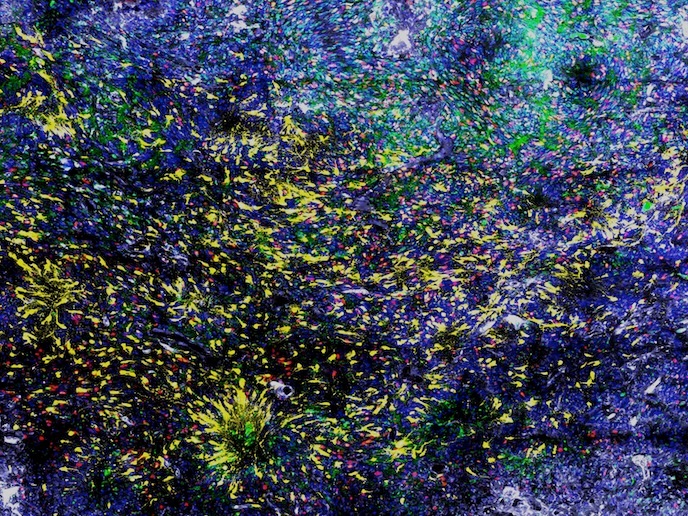Understanding why some tumour cells resist therapeutic treatment
Cancer is the result of changes, or mutations, to the DNA within a cell. When these cancerous cells grow and accumulate, they could create the heterogeneous population of cells that both cause tumours and resist many cancer treatments. Although tumour heterogeneity(opens in new window) is widely acknowledged by the scientific community, little is known about its complexity and dynamics. This is mainly due to a lack of flexible genetic tools that would allow researchers to conduct sophisticated analyses of primary tumours. But this could soon change, thanks in part to the work being done by the EU-funded CancerHetero project. With a focus on glioblastoma(opens in new window), an aggressive type of cancer that occurs in the brain or spinal cord, this European Research Council(opens in new window) supported project aims to dissect the heterogeneity of the disease at the single cell level. “Our goal is to discover the most essential target cell types that cause therapeutic resistance to this very deadly form of cancer,” says Haikun Liu, a researcher at the German Cancer Research Centre(opens in new window) and CancerHetero project coordinator.
Surprises and important discoveries
Prior to the project, Liu’s lab had developed an efficient mouse somatic brain tumour model with a full penetrance(opens in new window) of high-grade glioma(opens in new window) development. Using this model, Liu was able to isolate and track different populations of cells in primary tumours at the single cell level. “The CancerHetero project uses this set of valuable genetic tools to dissect the cellular heterogeneity of mouse gliomas,” explains Liu. This was a challenging proposition, as Liu’s lab had never studied metabolism and stress. As such, the work came with a few unexpected challenges. For example, having discovered that dormant cancer stem cells harbour unique features in cell metabolism and stress response, researchers had to set up assays(opens in new window) for both. “This was definitely a learning by doing process, but we enjoyed the work nonetheless,” remarks Liu. “Science comes with a lot of surprises, which I always see as being a net positive.” As a case in point, one of the biggest surprises ended up leading to the project’s most important finding. Researchers discovered what they call dormant cancer stem cells(opens in new window). These cells hide from conventional therapy, waiting until the therapy is finished before repopulating the cancer. “The most important discovery is that we found one enzyme(opens in new window) that is essential to the survival of these dormant cells,” adds Liu. “Knowing this, we could possibly target this enzyme using a chemical approach.”
Opening the door to new cancer treatments
The CancerHetero project succeeded at visualising and manipulating dormant cancer stem cells. According to Liu, not only does this advance our understanding of tumour heterogeneity, it also serves as an important step towards developing new approaches for treating glioblastomas and other types of cancer. “By providing the tools for studying dormancy in cancer, we have opened the door to future research projects,” concludes Liu. “This is a new beginning, one that could ultimately lead to new ways of treating cancer.” Leveraging the CancerHetero findings, Liu’s lab is currently developing drugs that target glioblastoma.







